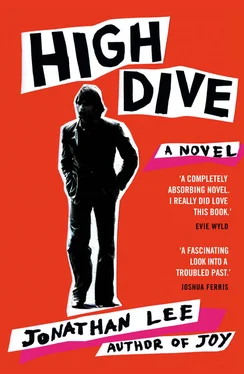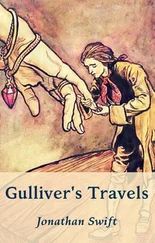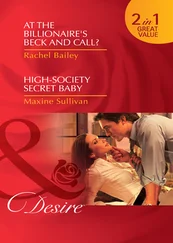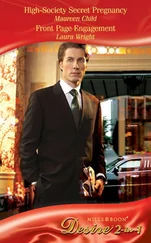On the day Roy Walsh checked out of the Grand she had stood by the desk to say goodbye. She had thought she would get to know him. The distance hadn’t closed. Whatever held people together had gone or was missing all along. He waved at her. He said ‘take care’. The revolving door ushered quarters of salty air into the lobby. The glass wings of the door kept moving long after he had left. She felt the slightest sadness. An absence more vivid than a presence. She sat behind the desk and finished her book. There was never true silence here. Sometimes she was grateful for that. Silence and peace were not the same thing. She heard fragments of conversations from the street, laughter and shouting, voices crossing borders, seagulls bickering on the shoreline, the outside coming in. In the dark bar area a stranger stood up and bumped into a table, then a chair.
Five people lost their lives in the bombing of the Grand Hotel. Many more suffered serious injuries. Several survivors were permanently disabled by the blast.
In June of 1986, Patrick Magee was found guilty of planting an explosive device in room 629, and of murdering the five people who died as a result of his actions. He received eight life sentences. In 1999, he was released from prison under the terms of the Good Friday Agreement.
Evidence was presented during Patrick Magee’s trial that a second bomber may have assisted him in the room during his stay. This evidence included room-service records and the eye-witness testimony of a member of the hotel’s staff. Speculation about a second bomber has also been fuelled by suggestions made by Magee and his counsel that fingerprints found on the hotel registration card — evidence used to identify him as ‘Roy Walsh’, the man who checked in — could not in fact have been his. Several IRA members have faced convictions in relation to elements of the Grand Hotel plot, but the second bomber in room 629, if there was one, appears never to have been found.
This book is a work of fiction. The three principal characters — Dan, Freya and Moose — are inventions. Many of the incidents in the book are entirely imagined too. There are large gaps in what is known about the bombing of the Grand Hotel and I have tried, over the last few years, to imagine myself into those gaps. For those seeking reliable guides to the situation in Northern Ireland, past and present, there are many good non-fiction books available. One of the most extraordinary is Lost Lives , a work by David McKittrick, Seamus Kelters, Brian Feeney, Chris Thornton and David McVea. It aims to record every death suffered during more than thirty years of conflict.
In 2009, Jo Berry, whose father was among those killed in the explosion at the Grand Hotel, founded an organisation named Building Bridges for Peace. In fulfilment of the organisation’s mission she now works side by side with Patrick Magee to promote peaceful conflict resolution throughout the world. www.buildingbridgesforpeace.org
Thanks go to:
Jason Arthur, Diana Miller, Laura Deacon, Emma Finnigan, Rebecca Ikin, Vincent Kelleher, Laurie Ip Fung Chun, Anna-Sophia Watts, Suzanne Dean, Tom Avery and everyone who worked on this novel at William Heinemann and Knopf;
Clare Alexander and the team at Aitken Alexander Associates;
Gillian Stern, Dwyer Murphy, Anjali Joseph and Dan Sheehan;
The Society of Authors and the K. Blundell Trust;
Brigid Hughes, Rob Spillman and Michael Archer;
Amy and the family.
In the last few years, excerpts from earlier drafts of High Dive have appeared in A Public Space, Tin House and Narrative . Work feeding into the novel has also been published by Guernica and Granta . Without the support of these literary journals, and of all the people listed above, I wouldn’t have finished the book.












